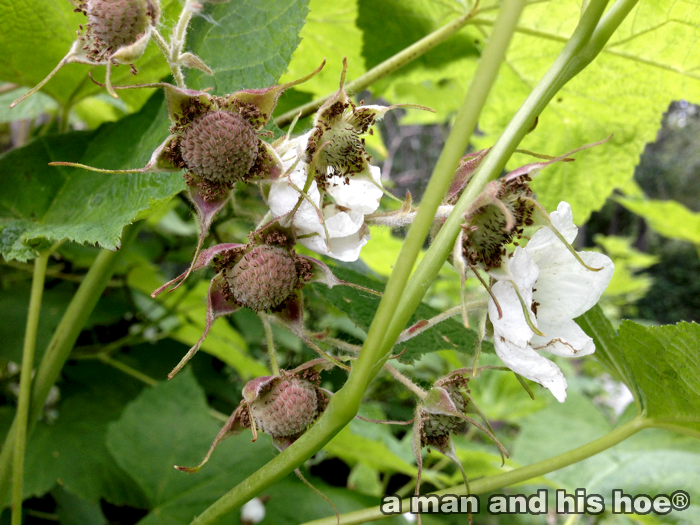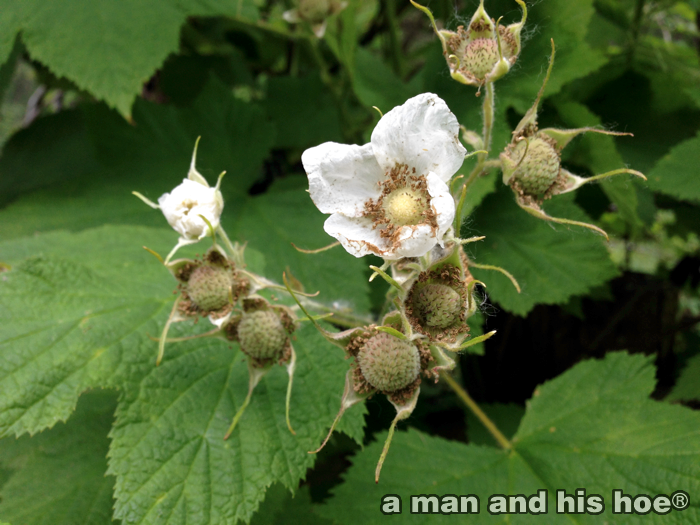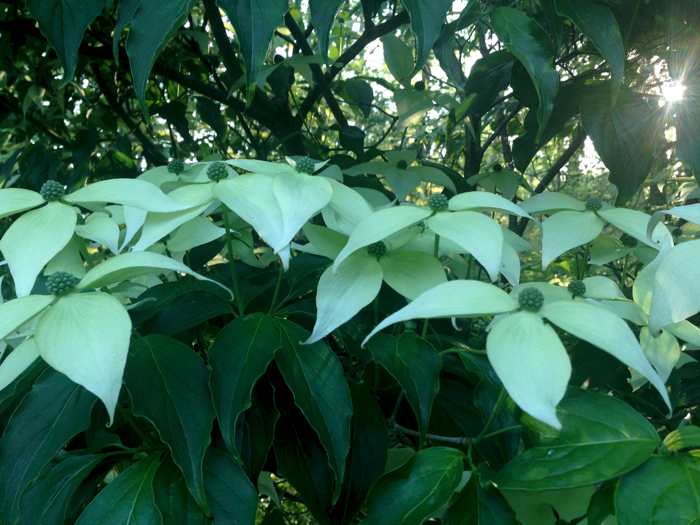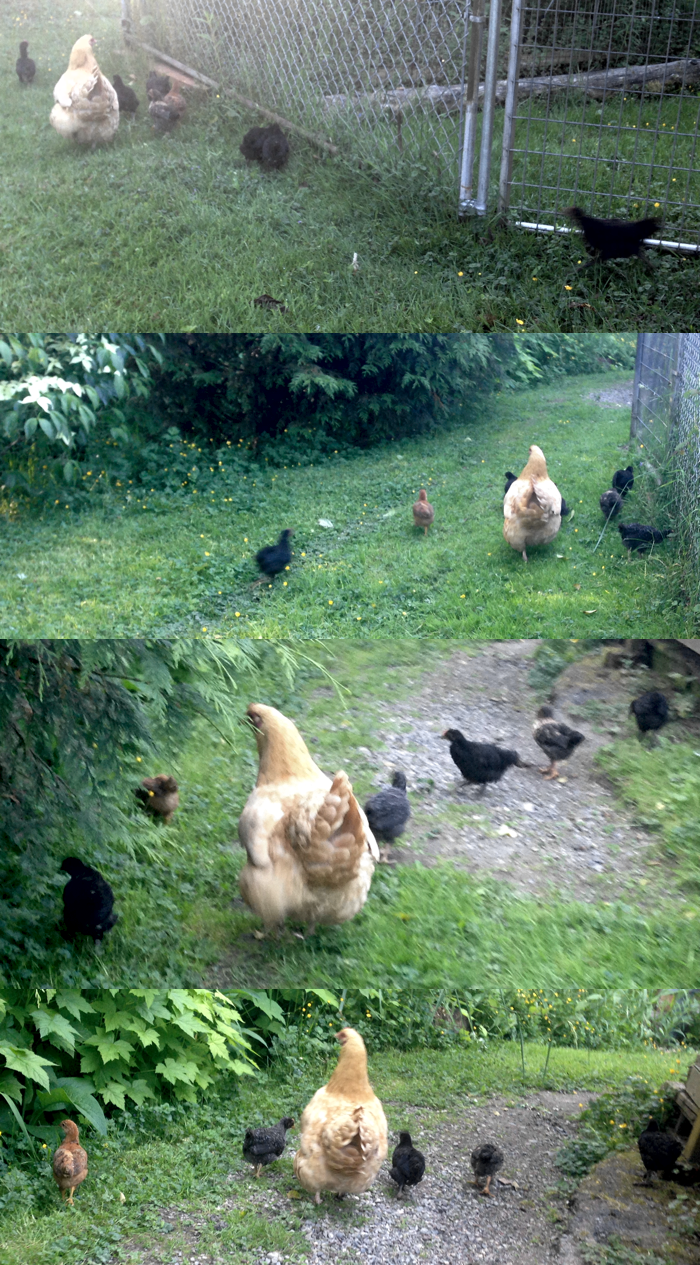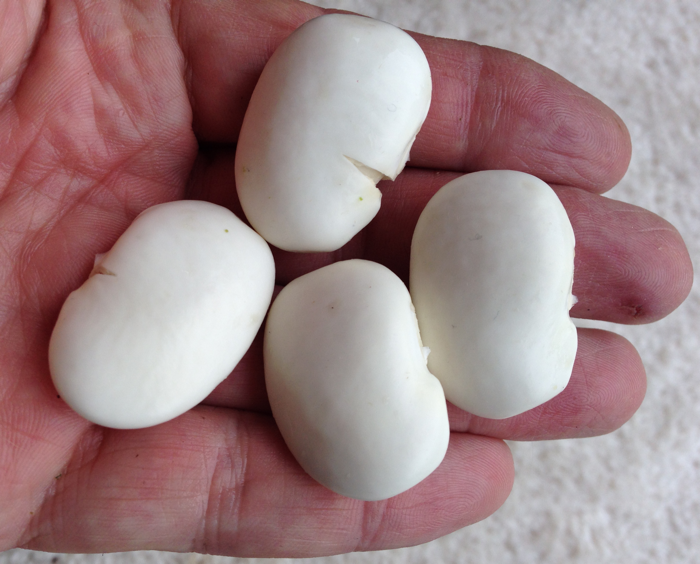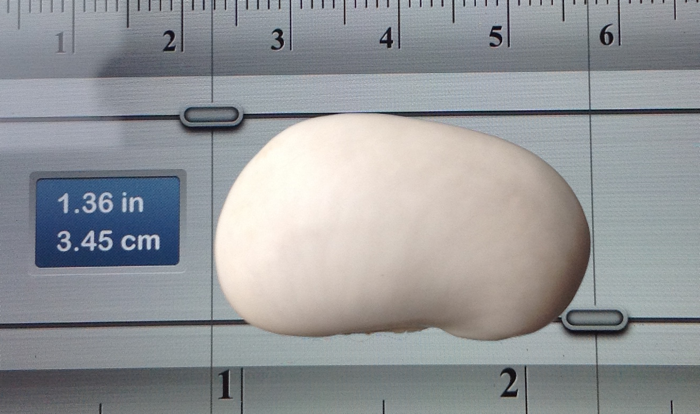
For many years we had a clear pond. Then last summer some ducks, at least that is who we think were the culprits, flew in with some duckweed attached to their feet. In a short time it quickly spread and covered the pond with green from shore to shore, making the pond look more like a putting green than a pond.
In the winter time it died back significantly and during windy days, the remaining duckweed was blown to the edges and all but disappeared. It is growing again, but now it has turned into treasure. I scoop it out with a net, and remove ten to twenty pounds of it at a time, piling it into a wheelbarrow. Along with the duckweed come pond bugs and tadpoles. It’s like I have my own feed store which doesn’t charge anything no matter how much feed I take.
I wheel the load and dump it for the chickens to devour. It doesn’t take long for them to snatch up all the bugs and tadpoles and feast on the duckweed, which is very high in protein. If I could only teach the chickens to swim, they could snack on duckweed anytime they wanted.
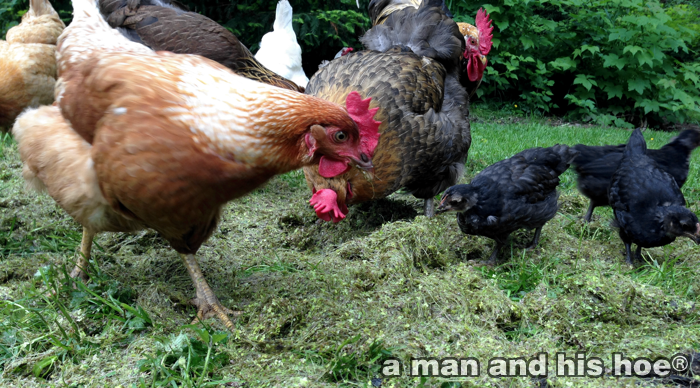
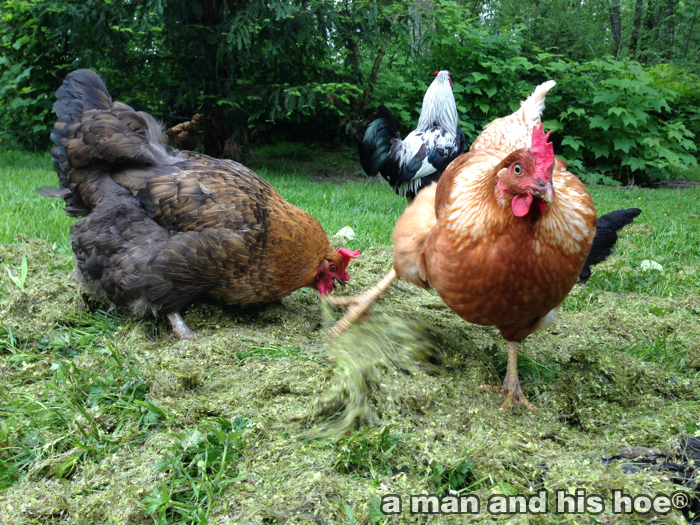

Duckweed – a potential high-protein feed resource for domestic animals and fish
Eat the Weeds – Duckweed
Duckweed nutritional composition
